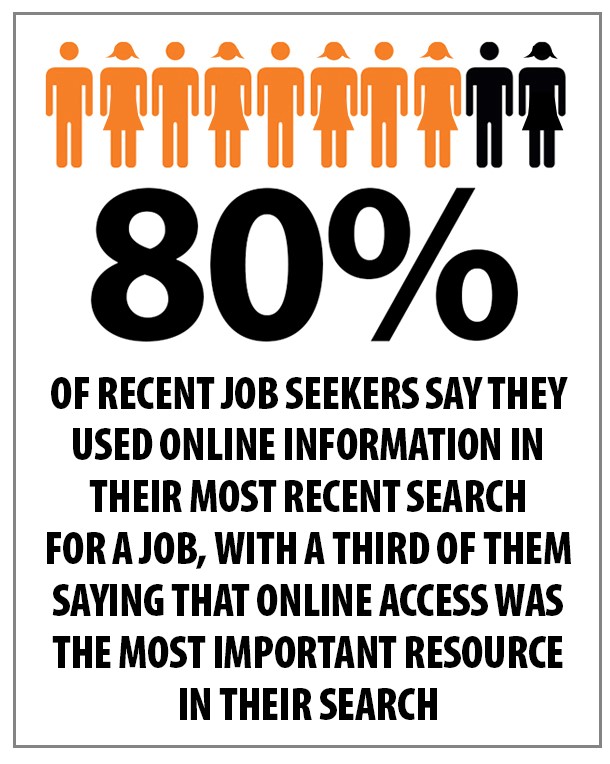Low-Income Households Rely on Mobile Data
In our rapidly changing world, too many communities are being left on the wrong side of the “Digital Divide,” a concept which describes the unequal access to the internet drawn down socioeconomic lines.
With the internet becoming more and more central to daily life, disadvantaged communities are turning to mobile devices more than ever to provide access to critical online services. Providing these communities with access to a robust, widespread wireless infrastructure network is an imperative step towards reducing existing social inequality and closing the Digital Divide.
Low-income households are far more likely to rely on cellular data connections for critical life functions, including personal health, online banking, applying for jobs and accessing government services.
The disparity in Internet access also creates a “homework gap,” where low-income students do not have equitable access to the Internet. Because online resources are increasingly being encouraged in the classroom, they need Internet access to complete schoolwork.
Low-income households are twice as likely to have their only connection to the internet be through smartphone devices. When they have to choose between wired and mobile data, these households choose mobile data more often than not.
Paying for mobile data on top of a standard cell phone plan is cheaper than standalone broadband internet prices in most places in the U.S.
Wireless Infrastructure Now advocates for data networks that meet the needs of our communities now and in the future. Join Us @ wirelessinfrastructurenow.org




